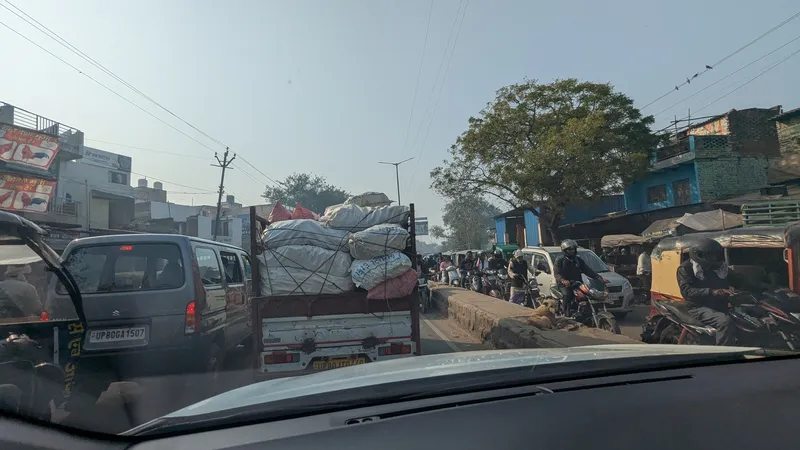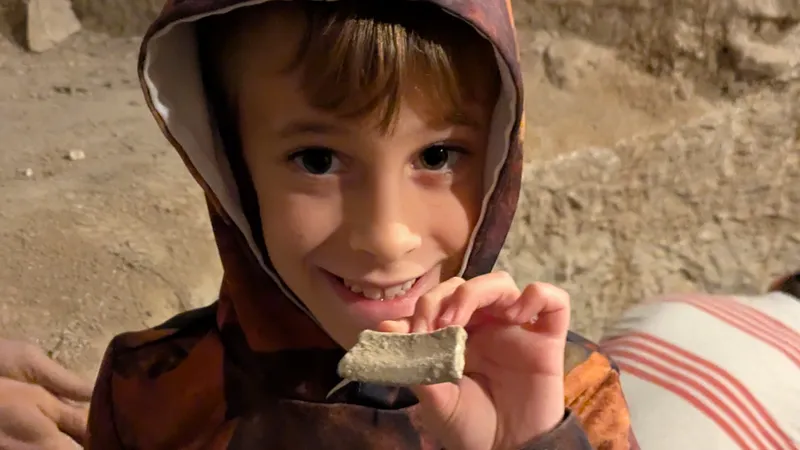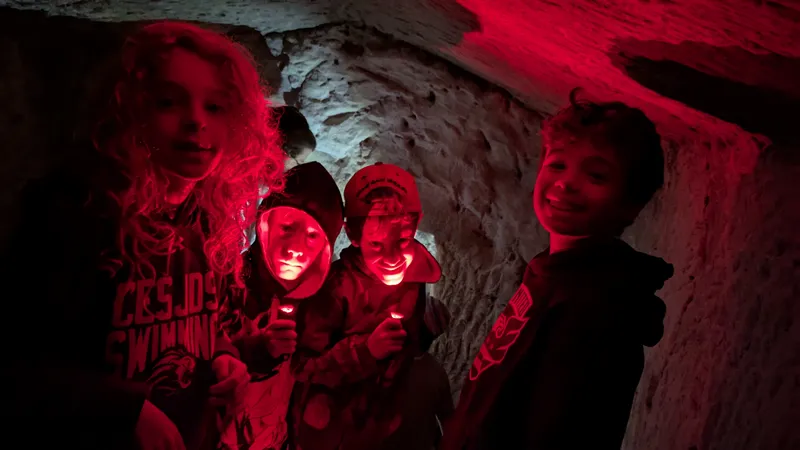Ruminations upon Saturday November 2, 2024 in Arusha, Tanzania
In Arusha there is a shul/synagogue called the Yemenite Baladi Beit Knesset, led by Rabbi Yehudah Amir Kahalani. It is comprised of twenty-five families, almost all whose roots trace back to Yemen through Morocco and the spice trade. When I found out about this community, I was eager for us to learn about the community and excited to experience Shabbat davening/prayer service in what would most certainly be different from the Ashkenazi or even Sephardi davening we are used to. The shul was about a forty-five minute walk from our inn. Nothing we hadn’t done before.
Shabbat morning, Hosea met us at our inn. Although we told him we would be happy to walk on our own, he was uncomfortable with us venturing out without an escort. I didn’t really understand why until we started walking. First, we had to walk along the main road, which is a two ways street with cars and motorcycles drive down fairly fast. There are no formal sidewalks. Instead, there are red dirt paths on either side where people, cows, and goats walk. The paths are full of ditches, covered in large piles of cow dung, and small shrubs threatening to trip you at any time. Occasionally, we needed to make way for a herd of goats or cows. We learned that the best way to avoid being hit by a bull was to stop and let the bulls walk around us. As we walked, Hosea and I talked about Shabbat – mostly answering his questions. Many children waved to us and excitedly said hello. They were all smiles. Hosea said it is because they know we are guests and they want to feel welcome.
About halfway there, Hosea stopped to talk to a few people and ask for directions. Turns out, even someone like Hosea, who knew Arusha well, had no idea how to get to the synagogue. Confident we were on the correct path we continued. As we drew closer to where the shul should be, Hosea asked a group of men for directions again. One of the men walked a few minutes with us before we arrived at a large green gate. Behind it a large menorah was affixed to the top of a wall. The man opened the gate for us, and we entered the community compound. Hosea took his leave as we made our way to the entrance.
Outside the entrance were water jugs for washing hands and feet. We noticed sandals were left at the door and immediately took off our shoes. A boy came outside to direct the boys to the men’s side and me to the women’s side. The most surprising tradition, in my opinion, was sitting on the floor on what looked very similar to a Muslim prayer rug. Instead of chairs, each person had their own prayer rug and a box to put their siddur/prayer book or chumash/Five Books of Moses. Rabbi Kahalani explained this custom is done to show humility. There was no minyan/quorum of ten men because several of the men were away on business and we were the only visitors that Shabbat. As expected, the prayer tunes were wildly different from our Ashkenazi tunes and, though the words were still Hebrew and ones with which we were familiar, the Teimani/Yemenite pronunciation was so different the boys couldn’t believe we were hearing the same language. Sadly, because there was no minyan, there was no Torah reading. This meant the boys didn’t have a chance to hear the Teimani tradition of reading from the Torah and then translating word for word into the common language, which for this community would have been Arabic and Swahili. Instead, they had some of the boys in the community read from an English translation. Since they did not know we know Hebrew, we later found out this choice was out of respect for us as native English speakers.
After davening ended we were invited upstairs for kiddush. There we helped set the table with food and dishes. The rabbi invited everyone to wash before kiddush, a tradition we use in our own home because it is much easier with young children than the tradition of saying kiddush and then washing before eating bread. However, this means we remain silent for a very long time. Unlike our custom of remaining silent, the community members continued speaking after washing. Rabbi Kahalani explained that they actively speak after washing because silence invites evil spirits and noise scares them away.
After eating, the boys were eager to run around. Rabbi Kahalani invited them to play with the other kids in the community and they disappeared into someone’s backyard. As they played, Chaim and I listened to Rabbi Kahalani share his story and the community’s Jewish history with us. He told us:
- Jews used to be the ones running the gems and spice trade, which is how Jews came to Tanzania. By the 14th century the trade routes were taken over by Arabs and Portuguese, dismantling the Jewish infrastructure.
- Yemenite Jews were the first to wear the keffiyeh. It was called a sudra or sudara.
- Muslim Arab dress was originally Jewish Arab dress.
- This community dates back to the 1800s, but the rabbi’s family came 150 years ago.
- The Jewish community used to be bigger. However, in the 1960s, the Tanzanian government persecuted the community, and their Torah was taken after an attack on the shul. The Jewish community leaders decided it was best to scatter into smaller communities of 20-30 families who could camouflage better as non-Jews. The community has maintained a low to almost non-existent profile for over 50 years.
- In 2019, with the help of Rabbi Eytan Kenter, a community of Canadian Jews donated a Torah to the shul. This was welcome news. The downside was that it was a traditionally Ashkenazi Torah. An Ashkenazi Torah and Teimani Torah look different, but the words are all the same.
- One of the most striking facts about Rabbi Kahalani is that he is the rabbi, shohet/ritual animal slaughterer, and mohel/circumciser for the community. That, and his brother can lead a shomer Shabbat/Sabbath observant group up Mount Kilimanjaro and ensure everyone is able to keep the laws of kashrut and Shabbat.
When Hosea returned to pick us up for our walk back, the boys really didn’t want to leave. They had been having a field day playing with the other kids and their dogs. As we waited for them to come, I introduced Hosea to Rabbi Kahalani. Hosea is truly an amazing person. His first words were, “Because of you I made a new friend.” The rabbi then invited him to visit any time. It was a sweet moment. The walk home was uneventful. Hosea and I exchanged information about our respective education systems. According to Hosea, many families who can afford private school opt to send their children to boarding schools beginning at twelve years old. There are two visiting days across six months. It was hard to imagine Amichai, who would be twelve in a few days, leaving us for most of the year. When I asked him what he thought about the idea, he thought it sounded great because it would be like getting to live in camp almost year-round. When I asked if he’d miss us, he said “Sure, but I’d be with my friends so it would be fine.” I guess this means we raised him well!?!
Back at the inn we said goodbye to Hosea and spent the rest of Shabbat relaxing. Eitan spent a good part of the afternoon practicing Tae Kwan Do with Shai and Matanel and teaching them more advanced moves. We marked the end of Shabbat with Havdalah by a fire pit, using fresh cinnamon and tropical juice for the blessings. After Shabbat ended, the boys journaled about their experience at the shul and then went to sleep. We had an early start the next day and we all needed a good night’s sleep.


